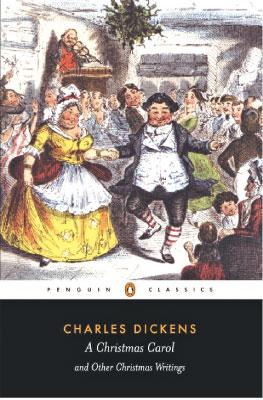
 The novella, A Christmas Carol by Charles Dickens is set in London, England during the Victorian era in the mid-nineteenth century. Dickens divided this book into five sections called “staves” that is similar to the way in which music is arranged. The novella begins on an auspicious day, on Christmas Eve and depicts an evening in the life of Ebenezer Scrooge, a miserly businessman who is very cynical and lacks empathy and does not believe in Christmas. The reason for Scrooge’s cynicism can be traced back to his lonely and miserable childhood.
The novella, A Christmas Carol by Charles Dickens is set in London, England during the Victorian era in the mid-nineteenth century. Dickens divided this book into five sections called “staves” that is similar to the way in which music is arranged. The novella begins on an auspicious day, on Christmas Eve and depicts an evening in the life of Ebenezer Scrooge, a miserly businessman who is very cynical and lacks empathy and does not believe in Christmas. The reason for Scrooge’s cynicism can be traced back to his lonely and miserable childhood.
On that evening, Scrooge is visited by the ghost of his former business partner Jacob Marley who died seven years ago. Marley’s ghost reveals to Scrooge that he is has been condemned to walk the Earth in manacles as punishment for his sins . Marley’s ghost warns Scrooge that if he does not change his ways, he will also be condemned to the same fate. Marley’s ghost tells Scrooge that he will be visited by three spirits named the Ghost of Christmas Past, the Ghost of Christmas Present and the Ghost of Christmas Yet to Come. The Ghost of Christmas Past symbolizes memory because it takes Scrooge back to his childhood and reminds him of his past. The Ghost of Christmas Present symbolizes empathy because it reveals the plight of the destitute such as Scrooge’s clerk Bob Crachit and his son Tiny Tim. And the Ghost of Christmas Yet to Come symbolizes death because it divulges to Scrooge his future.
The novella is poignant and evocative, and explores the power of redemption and Jesus Christ’s immense capacity for forgiveness, love and compassion. Scrooge is given a chance to change his ways and to repent for his sins and to make amends for his wrongdoings. In this novella, Dickens also emphasizes the importance of having meaningful relationships and a happy family life.
